There’s something undeniably different about dining out today compared to the restaurant experiences of decades past. While modern establishments offer unprecedented culinary diversity and technical sophistication, many diners can’t shake the feeling that something essential has been lost along the way. The restaurant industry has evolved dramatically to meet changing consumer demands and economic pressures, but in that evolution, certain elements that once made dining out feel truly special have disappeared. Here’s a nostalgic look at what’s vanished from today’s restaurant scene—elements that once transformed a meal out from mere sustenance into a memorable experience.
1. Tableside Service and Theatrical Presentations

Once upon a time, ordering certain dishes meant enjoying a show as waiters prepared elaborate creations right before your eyes. Bananas Foster set aflame, Caesar salad tossed in a wooden bowl with practiced flourish, Steak Diane seared and flambéed with dramatic flair—these tableside performances elevated dining into theater. The skilled servers who executed these presentations were culinary performers who had mastered specific techniques, turning preparation into an art form that engaged all senses and created memorable moments that extended beyond the food itself. Ekte Nordic Kitchen looks at the way dining has evolved across time to get to how things are today, which while more convenient, may not always be for the better.
Today’s restaurant economics rarely support such labor-intensive presentation styles, with streamlined service models focused on efficiency rather than ceremony. The choreographed elegance of synchronized plate delivery (where multiple servers would arrive simultaneously to place everyone’s dish down at exactly the same moment) has largely disappeared, replaced by the casual “Who ordered the chicken?” approach even in upscale establishments. As restaurants face rising labor costs and smaller margins, the theatrical elements that once made dining out feel like a special occasion have become increasingly rare, preserved primarily in a handful of old-school establishments that maintain traditions despite the expense.
2. Career Waitstaff Who Knew Your Name
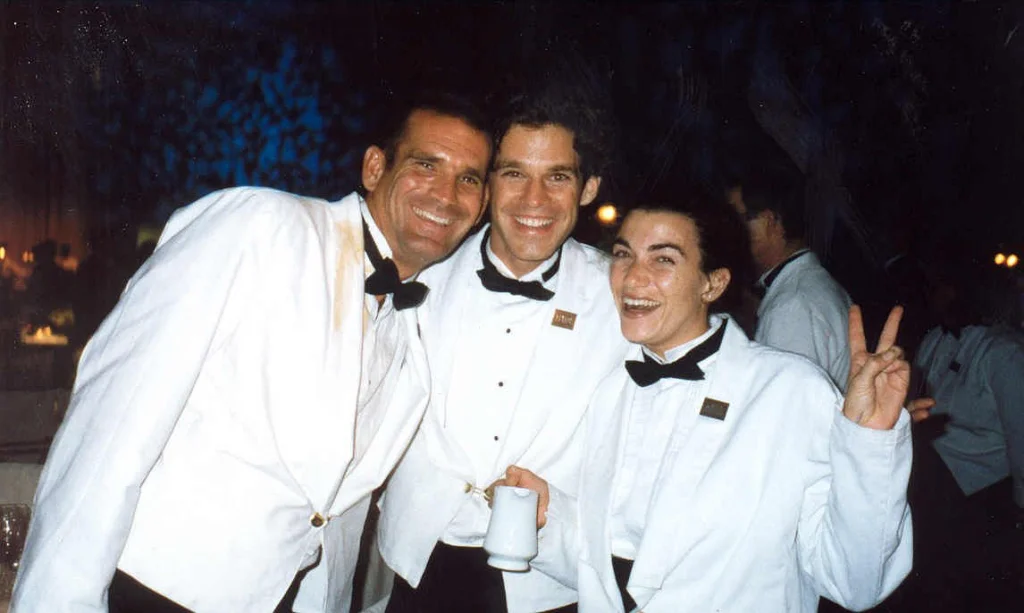
Restaurants once featured career service professionals who viewed waiting tables as a respected vocation rather than a temporary gig. These veteran servers remembered your preferences, recognized you upon return visits, and possessed encyclopedic knowledge of the menu and proper service techniques. They could recommend the perfect wine pairing, describe preparation methods in detail, and anticipate needs before you expressed them—often working at the same establishment for decades and building genuine relationships with regular customers. Oxford University Press shows us just how far back this profession stretches and what’s changed and stayed the same.
The high turnover rates in today’s restaurant industry mean diners rarely experience that level of personalized service or the comfort of being greeted by name when walking through the door. While some fine dining establishments and neighborhood fixtures still maintain this tradition, the professionalization of service has declined as restaurants increasingly rely on part-time staff, many viewing serving as a stepping stone rather than a career. This shift has altered the dining experience, removing the warm familiarity that once made favorite restaurants feel like extensions of home.
3. Luxurious Architectural Spaces Designed for Conversation
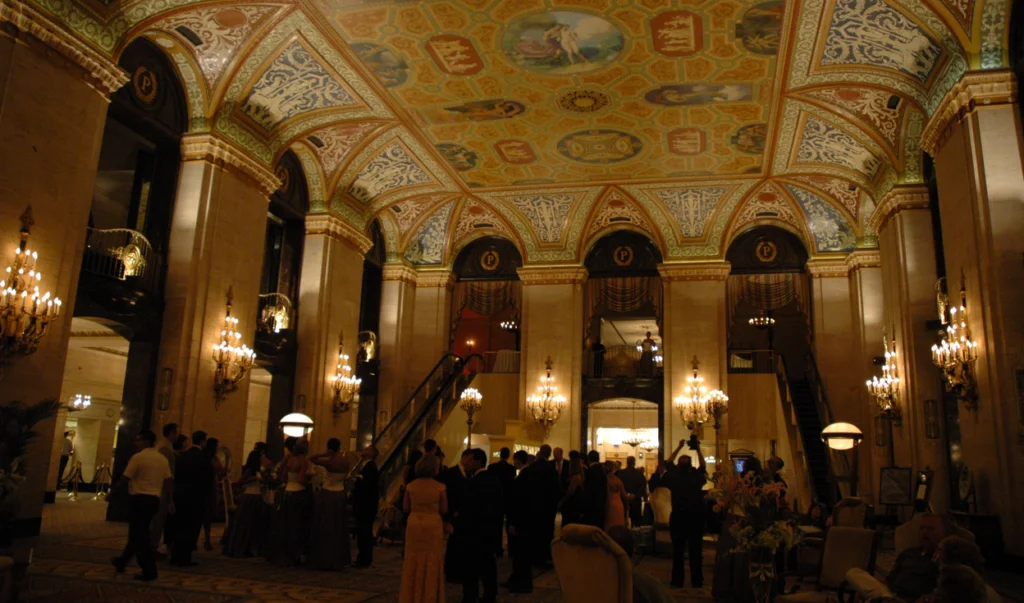
Restaurants of the past were often designed as acoustic sanctuaries where conversation could flourish without shouting. Carpet, tablecloths, upholstered chairs, ceiling treatments, and strategically placed partitions created environments where diners could hear tablemates without strain. The architectural elements that absorbed sound—from draperies to plush banquettes—were integral to establishing the relaxed atmosphere that encouraged lingering over courses and engaging in meaningful conversation. Grub Street provides a historical road map to some big east coast dining establishments worth checking out.
Modern restaurant design predominantly features hard surfaces—concrete floors, exposed ceilings, bare tables, and minimalist furnishings that unintentionally amplify noise to sometimes painful levels. This shift toward acoustically challenging environments reflects both aesthetic preferences for industrial-inspired spaces and financial calculations that favor interiors requiring less maintenance and more efficient table turnover. The resulting din can make conversation nearly impossible, fundamentally altering the social experience of dining out and often pushing diners to finish meals quickly rather than savoring the once-cherished opportunity for extended social connection.
4. Dress Codes and Occasion-Making Formality
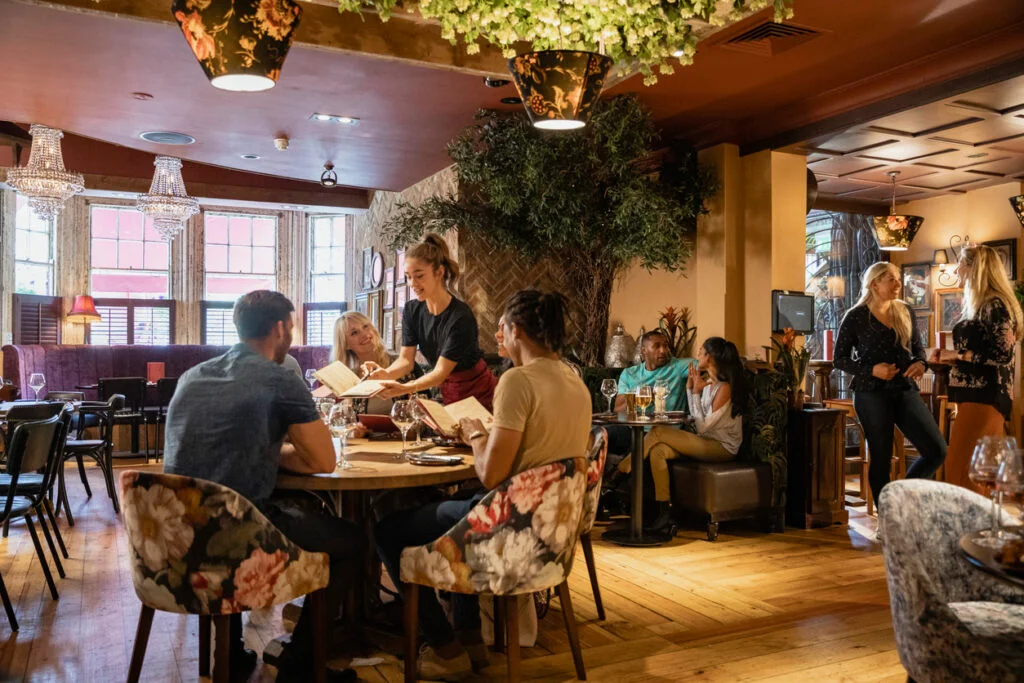
Not so long ago, dining out was an event worthy of dressing up, with restaurants maintaining dress codes that elevated the experience beyond the everyday. The ritual of preparing for a special meal—selecting appropriate attire, perhaps even purchasing something new for the occasion—built anticipation and signaled that dining out was a meaningful experience distinct from routine meals at home. Restaurants reinforced this specialness through their own formality, from maître d’s who greeted guests at the door to linen napkins folded into elaborate shapes.
Today’s casual dining culture has largely erased these distinctions, with even upscale establishments rarely enforcing dress requirements beyond “no shorts or flip-flops.” The democratization of fine dining has brought many positive changes, making excellent food more accessible, but it has also diminished the sense of occasion that once made restaurant meals feel extraordinary. The ceremonial aspects of dining out—from jacket requirements to proper table settings—provided framework for experiences that felt elevated above everyday life, creating memories distinguished by their specialness rather than just the food served.
5. Complimentary Small Touches Throughout the Meal
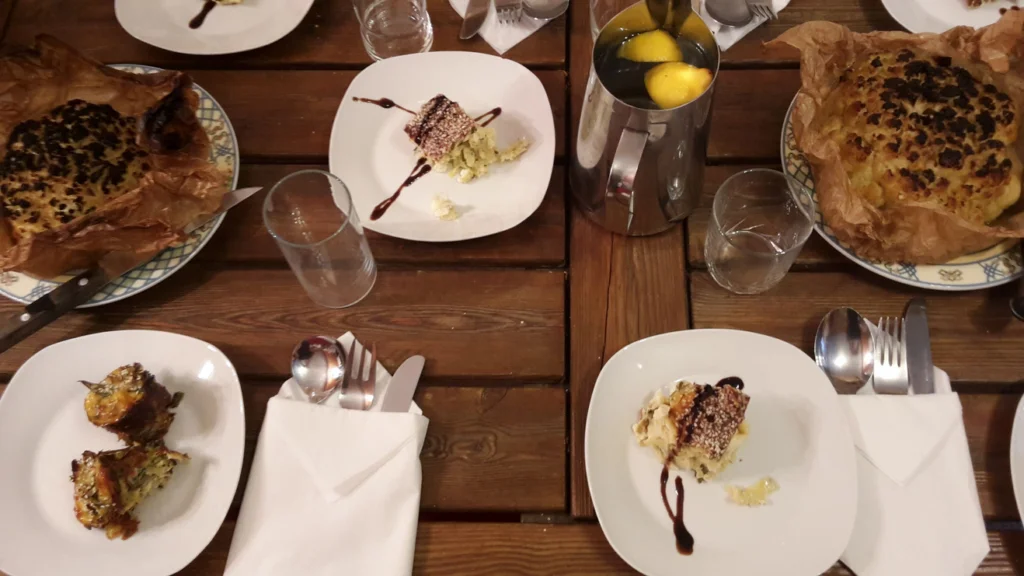
Restaurants once offered numerous small courtesies throughout the dining experience that weren’t itemized on the bill: the palate-cleansing intermezzo sorbet, chocolate mints with the check, complimentary digestifs for lingering guests, or the fresh bread basket with several varieties to sample. These small, unexpected touches created an atmosphere of generosity and attention to detail that made diners feel genuinely cared for rather than merely processed through a profit-maximizing system.
In today’s margin-conscious industry, many of these flourishes have disappeared or become additional revenue opportunities—the bread basket that now carries a $6 charge, the after-dinner treats replaced by dessert menu suggestions. Even water service has been monetized in many establishments, with still or sparkling options replacing the automatically filled water glass of yesteryear. While understandable from a business perspective, particularly as food costs rise, these changes have collectively diminished the sense of hospitality that once distinguished restaurant dining from mere transaction.
6. Extensive Tableside Gueridon Trolleys
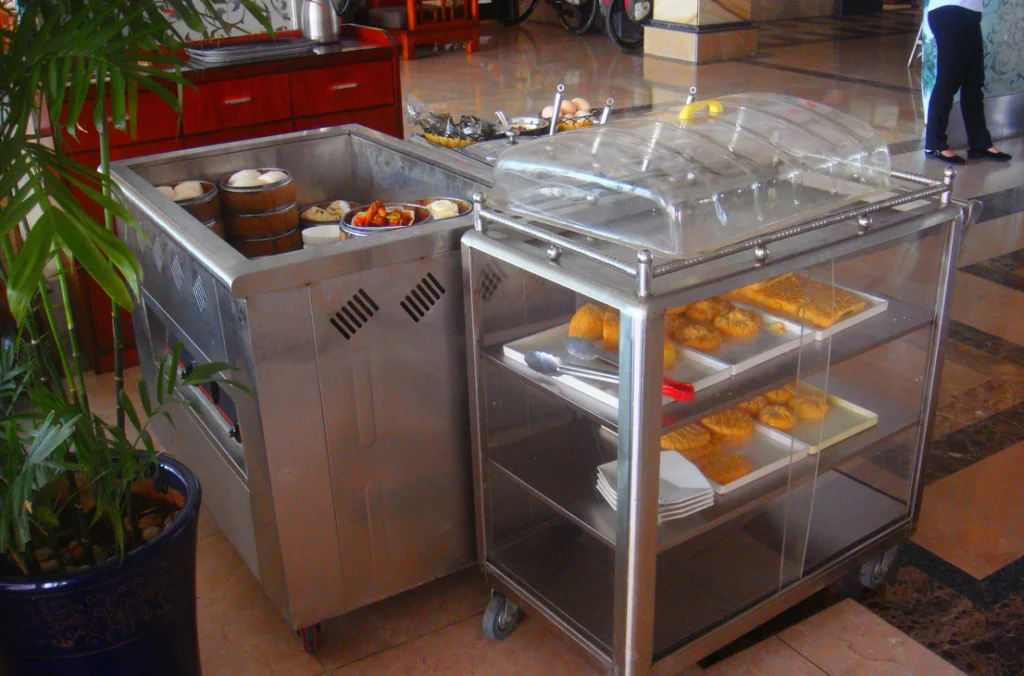
The sight of a dessert trolley approaching your table—laden with glistening pastries, tarts, and cakes for selection by pointing rather than ordering from abstract menu descriptions—once created moments of childlike delight regardless of diners’ ages. Cheese trolleys presented aromatic selections with knowledgeable descriptions of origin and character, while digestif carts offered dozens of options wheeled directly to your table for consideration. These mobile displays transformed end-of-meal decisions into interactive experiences that engaged senses beyond taste alone.
Few modern restaurants maintain these labor-intensive presentation methods, with most streamlining service by having all options prepared in advance and described on the menu. The disappearance of gueridon service represents more than just a change in presentation style—it removes an element of drama and personalization that once made dining out feel special. The ability to select based on visual appeal rather than menu descriptions, to request a slightly larger slice of something particularly tempting, or to compare options side-by-side created memorable moments of sensory engagement that today’s diners rarely experience.
7. Menus with Tableside Finishing Touches

Beyond complete tableside preparations, many restaurants once featured dishes that arrived partially prepared and were finished at the table—soups poured over carefully arranged garnishes, desserts where hot sauce was added to cold elements at the last possible moment for temperature contrast, or salads where delicate ingredients were added just before serving to maintain optimal texture. These finishing touches ensured perfect temperature and texture while creating mini-ceremonies throughout the meal that maintained a sense of occasion and care.
Today’s expedited service models and kitchen efficiency requirements have largely eliminated these practices, with most dishes completely finished in the kitchen before reaching the table. While this ensures consistency and speeds service, it removes moments of personalization and ceremonial presentation that once punctuated the dining experience. The small rituals of tableside finishing transformed ordinary dishes into special experiences, creating memorable moments that extended beyond the food itself to the ceremony surrounding it.
8. Live Music as Regular Feature Rather Than Special Event
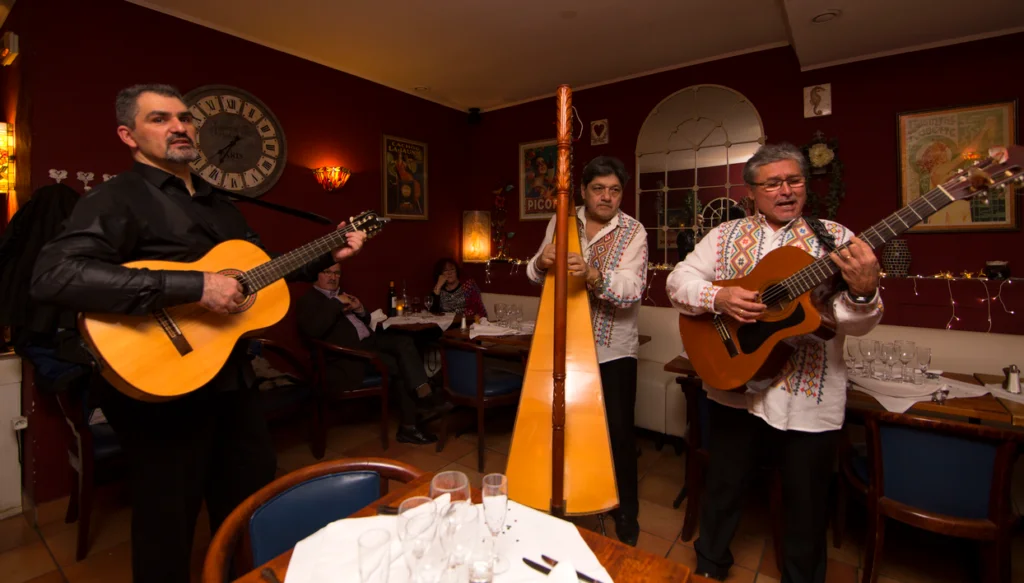
Many restaurants once featured regular live music—perhaps a pianist playing softly in the corner, a jazz trio on weekends, or strolling violinists who would play requests at individual tables. This musical accompaniment created ambiance without overwhelming conversation, adding a layer of sensory pleasure that enhanced the overall experience without becoming the center of attention. The music served as sophisticated background that elevated ordinary evenings into something more memorable.
Economic pressures and changing dining preferences have made live music increasingly rare in restaurants, reserved primarily for special occasions rather than regular service. Recorded playlists have replaced live performers in most establishments, creating standardized ambiance that lacks the responsive quality of musicians who could adjust volume, tempo, and selection based on the dining room’s energy. While technologically efficient, this shift has removed an element of spontaneity and personalization that once differentiated restaurant experiences from meals at home.
9. The Art of Leisurely Pacing
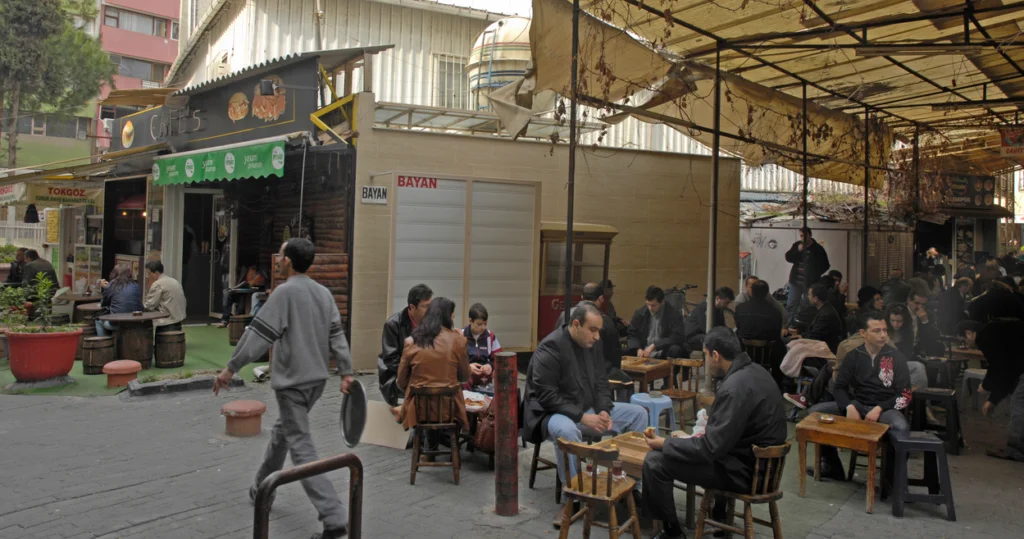
Dining out once meant surrendering to an expertly paced progression of courses designed to unfold over hours rather than minutes. Servers were trained to read tables, ensuring appropriate intervals between courses that allowed for conversation, digestion, and appreciation of each dish as part of a holistic experience. A proper meal had natural rhythm and flow, never feeling rushed yet never lagging—an orchestrated experience that respected food and conversation as equally important components of dining.
Today’s restaurant economics often prioritize table turnover, with subtle (or not-so-subtle) pressures to complete meals within specific timeframes. Many establishments now explicitly state time limits for tables or design uncomfortable seating to discourage lingering. Course pacing has accelerated dramatically, with entrees sometimes arriving before appetizer plates have been cleared and checks appearing unbidden shortly after the last bite of dessert. This compression of the dining timeline fundamentally changes the experience, transforming meals from social occasions into primarily transactional food delivery.
10. The Romance of Intimate Lighting
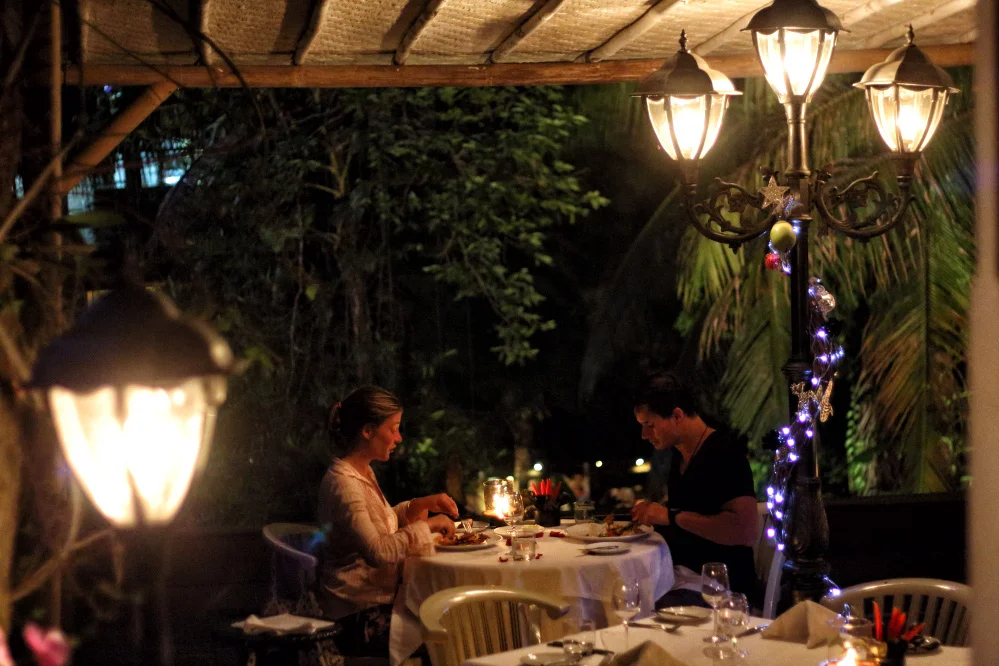
Restaurants once understood the transformative power of flattering, low lighting that created intimate atmospheres where everyone looked their best. Candles, indirect lighting, and strategically placed fixtures created warm, inviting environments that fostered romantic connection and made ordinary evenings feel special. These lighting designs weren’t merely aesthetic choices—they fundamentally altered diners’ physiological responses, encouraging relaxation and enhancing sensory perception.
The Instagram-driven dining culture has pushed many restaurants toward brighter lighting that better facilitates food photography, prioritizing social media shareability over atmospheric experience. While understandable from a marketing perspective, this shift has altered the fundamental feeling of dining spaces, removing the cocooning effect that once made restaurants feel like worlds apart from everyday life. The harsh reality of seeing everything and everyone in clear detail has replaced the forgiving glow that once encouraged diners to relax into the moment rather than document it.
11. House Specialties with Secret Recipes
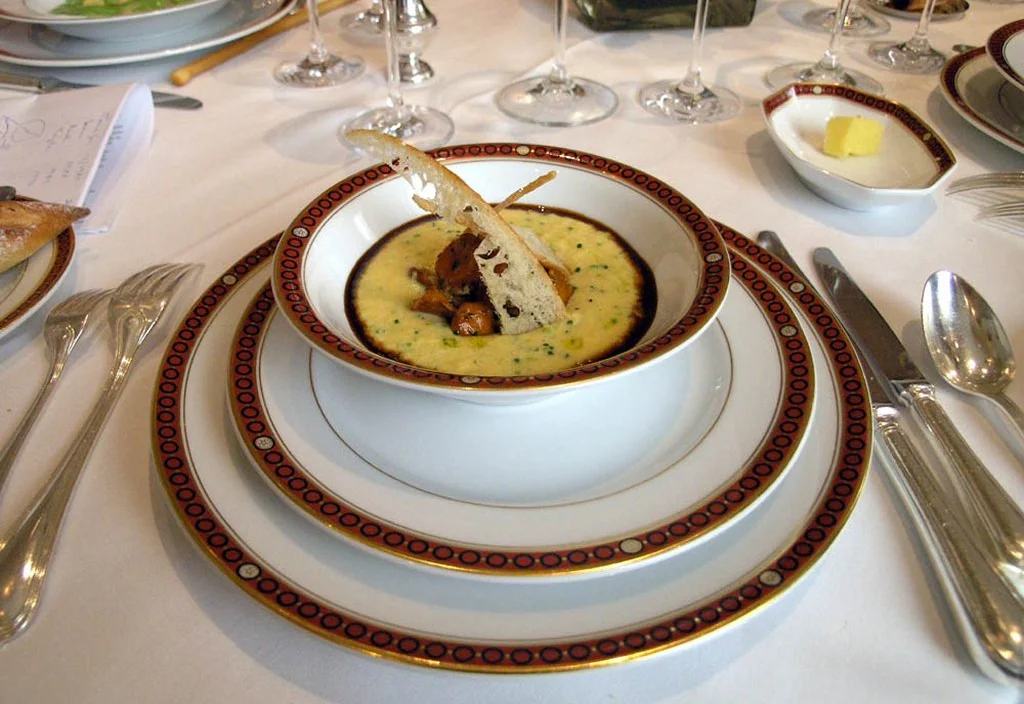
Many established restaurants once maintained signature dishes prepared according to closely guarded recipes that became their culinary identity—dishes you simply couldn’t experience anywhere else. These specialties weren’t created to chase trends or generate social media buzz; they were perfected over years and became institutions unto themselves, drawing diners back specifically to experience something unique to that establishment. The pride chefs took in these signature creations was evident in consistent execution and unwavering presence on menus regardless of changing culinary fashions.
Today’s restaurant scene increasingly values novelty over tradition, with menus changing seasonally or even monthly to maintain perceived relevance and create new reasons for visits. While this approach showcases creativity and responsiveness to ingredient availability, it has diminished the development of dishes that become deeply associated with specific establishments over time. The opportunity to return to a favorite restaurant years later and find that treasured dish prepared exactly as remembered has become increasingly rare, replaced by constant reinvention that, while exciting, rarely creates the same emotional connection.
12. Dedicated Roles for Specialized Service
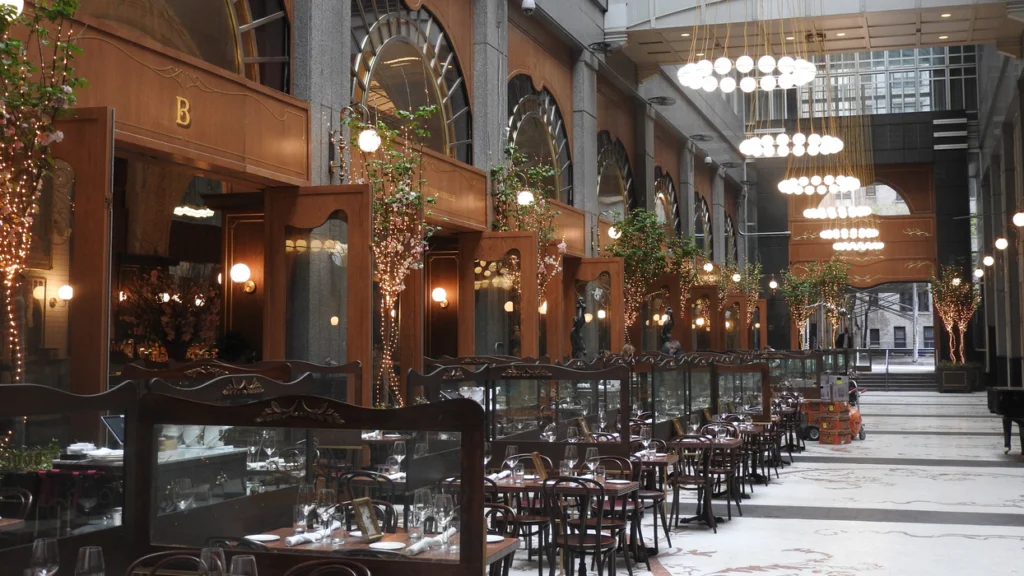
Fine dining establishments once featured teams of specialized staff members who each performed specific functions to ensure flawless service—the sommelier who handled only wine service, the captain who oversaw the entire experience, the back waiters who handled water and bread service, and sometimes even dedicated carvers who specialized in properly portioning and serving large format dishes. This specialization allowed each team member to perfect specific skills while ensuring diners received expert attention at every service stage.
Most modern restaurants have consolidated these roles into fewer positions, with servers now expected to handle everything from drinks to dessert recommendations. While this streamlining makes economic sense, it has removed the orchestrated precision that once made dining out feel like an exceptionally well-choreographed experience. The specialized knowledge that dedicated roles fostered—the sommelier’s deep understanding of wine pairings or the captain’s mastery of timing and flow—has been diluted as fewer staff members manage more aspects of service.
13. The Genuine Hospitality of Owner-Operated Establishments
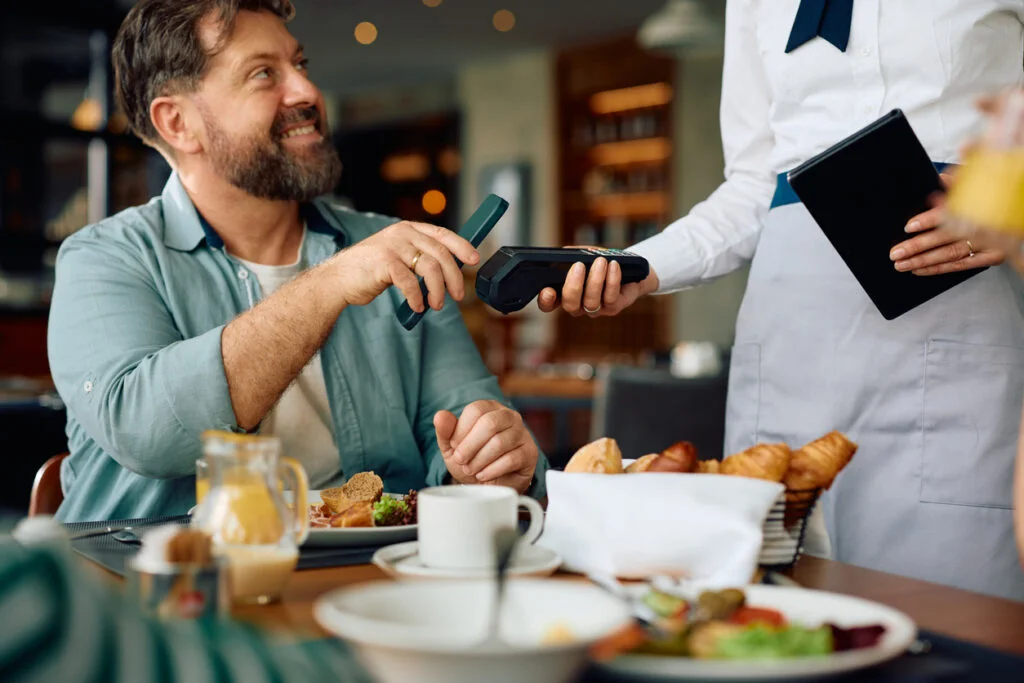
Many memorable restaurants of the past were deeply personal expressions of their owners’ hospitality, with proprietors present nightly to greet guests, check on meals, and create an atmosphere of genuine welcome. These owner-operators viewed their establishments as extensions of their homes rather than primarily as businesses, with success measured not just in profit but in the relationships built with loyal customers. Their personal investment created dining experiences infused with distinctive character and authentic care that transcended transactional service.
The consolidation of the restaurant industry under group ownership and investor-backed concepts has standardized many aspects of dining that were once delightfully idiosyncratic. While professionally managed restaurants often deliver consistent experiences, they frequently lack the personal touch that made owner-operated establishments feel special—the proprietor who remembered your anniversary, comped an occasional dessert for regulars, or accommodated special requests because relationships mattered more than rigid policies. The shift from restaurants as personal expressions to restaurants as assets has subtly but significantly altered the emotional experience of dining out.
The evolution of dining culture reflects broader societal changes—our accelerated pace of life, shifting economic realities, and changing social priorities. While today’s restaurants offer unprecedented diversity and technical excellence, many diners find themselves nostalgic for the ceremonial aspects and personal touches that once made eating out feel truly special. Perhaps the most significant element missing from contemporary dining is the sense that a restaurant meal represented something beyond ordinary life—a brief escape into a world where time slowed down, details mattered, and the experience itself was valued as much as the food served. As we look forward to the continuing evolution of restaurant culture, perhaps we can hope for a renaissance of these elements that once transformed mere meals into meaningful memories.


